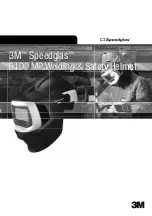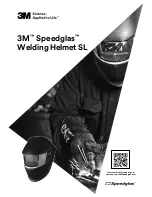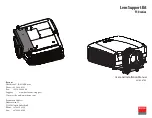
Eng
lish – Pa
ge 8
Range
The anticipated range is calculated based on a maximum range value determined by KTM under real conditions (perfect
riding conditions) and depending on the load status, taking into account the current consumption. This calculations enables
the specification of a theoretical value. This value varies to a greater or lesser extent, depending on driving conditions. For
instance, the range will be significantly smaller when travelling in a hilly or mountainous region. Please take note, therefore,
that this indication can be used merely as a rough estimate for the achievable residual range.
The anticipated maximum range depends on a wide variety of circumstances. These factors include the selected support
level, rider’s weight, terrain, wind conditions, tyre pressure and ambient temperature. All range values indicated here refer
to ideal conditions.
Optimal/ideal conditions are: even/flat terrain without head wind, 20°C ambient temperature, particularly narrow, treadless
tyres, driver weight under 70kg.
Factors that affect the range
1.
Route topography:
The energy required for navigating hilly terrain rises disproportionately compared to riding on level
paths.
2.
Selected support level:
Always select the support level to suit your needs and with care.
3.
Battery charge:
Only a fully charged battery can guarantee the maximum range. So make sure that the battery is
recharged before each use.
4.
Weight and load:
The more weight that the bicycle carries (rider and luggage), the shorter the range.
5.
Air pressure in the tyres:
The tyres offer significant potential. Insufficient pressure causes higher rolling resistance
and therefore requires an extremely high energy input. The maximum permissible air pressure is printed directly on
the sidewalls of the tyres. Tyres with rough, heavy tread require a great deal of energy. Switching to smooth, narrow
tyres has a very favourable effect on the range.
6.
Starting/accelerating from a stationary position:
Drive systems require considerably more energy when starting
from a stationary position than when travelling continuously. Maintaining a constant speed or changing it only gently
can improve the range. Avoid exerting sudden, jerky pressure on the pedals.
7.
External influences/weather:
Managing headwind requires an enormous expenditure of energy. Heat and cold can
also drain the battery quickly.
8.
Applied force:
The range will be very small if you rely exclusively on the drive system for power.
9.
Shifting gears:
Use the gears actively, as you would with a normal bicycle. For instance, shift to a lower gear early
enough when you are travelling uphill. The drive unit can only operate effectively and efficiently at an ideal cadence
of 75 revolutions per minute. Slow pedalling leads to sudden assistance, causes the drive unit to overheat and will
drain the battery very quickly.
10. Charging external software:
Charging external hardware such as smartphones or MP3 players using the charger port
on the display can shorten the range accordingly.
Содержание BUI215
Страница 1: ...supplementing the ORIGINAL OPERATING INSTRUCTIONS EPAC ENGLISH ...
Страница 2: ......
Страница 11: ...English Page 9 KTM Declaration of Conformity ...
Страница 30: ...English Page 28 2 1 2 3 4 5 17 6 Kiox on board computer ...
Страница 31: ...English Page 29 3 8 9 10 11 12 13 7 19 1 2 A 1 5 14 16 15 18 Bosch eBike Systems 1 270 020 XBK 17 03 2020 ...
Страница 39: ...English Page 37 2 7 6 5 4 9 3 2 1 8 1 270 020 BN2 18 03 2020 Bosch eBike Systems Nyon on board computer ...
Страница 73: ...KTMBIKESOFFICIAL KTMBIKEINDUSTRIES webleedoRANGE ...











































